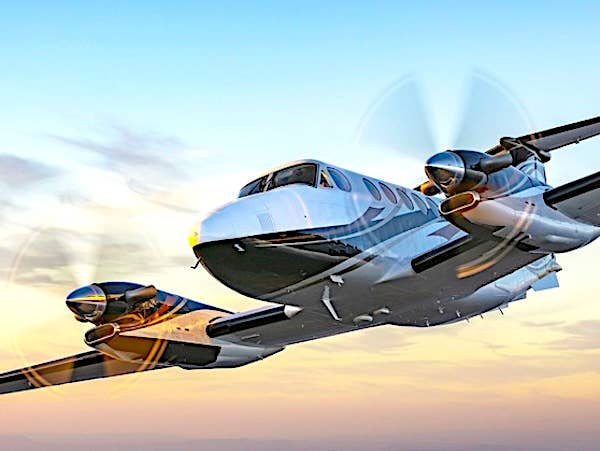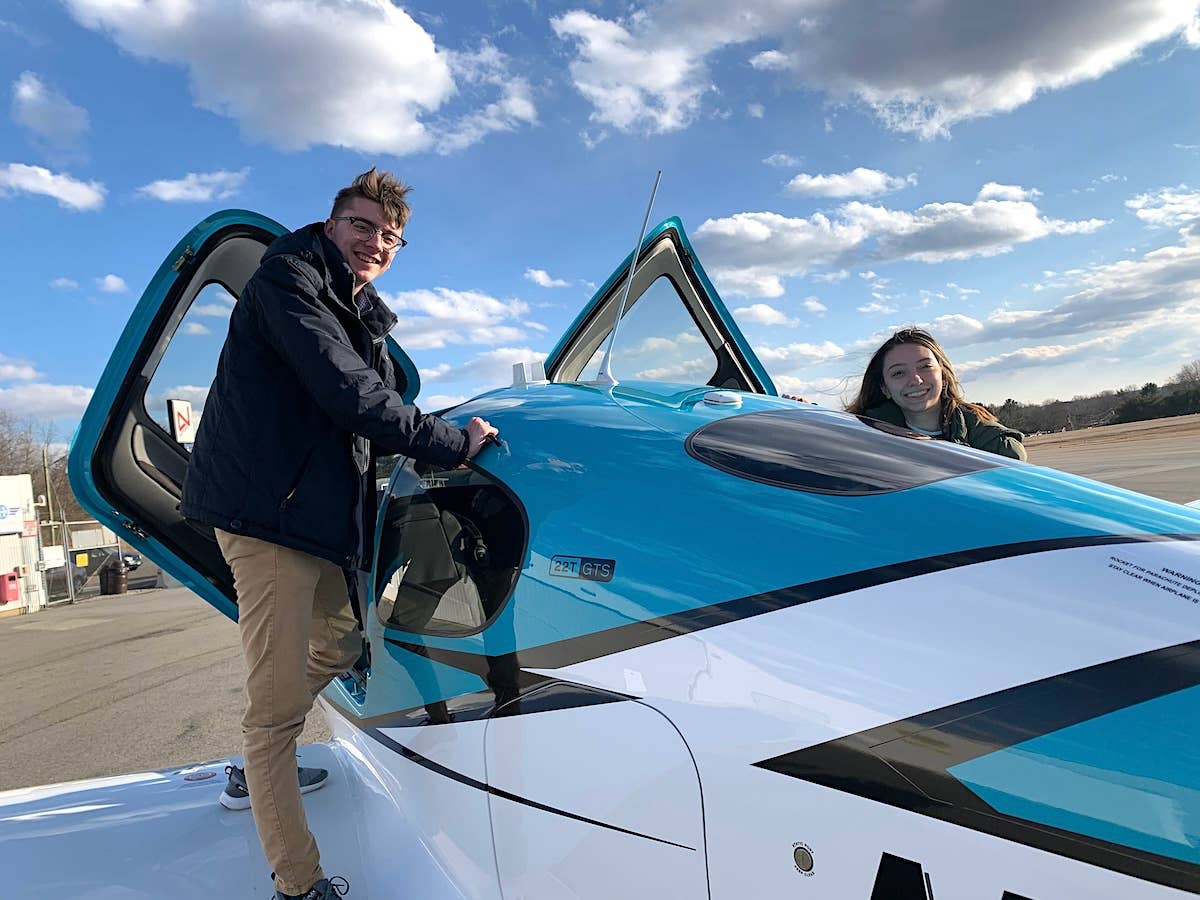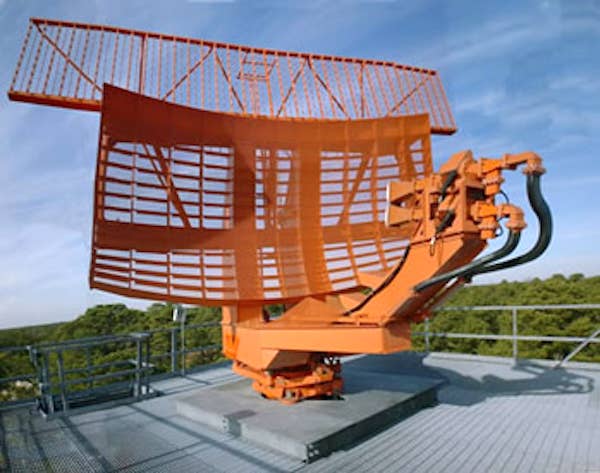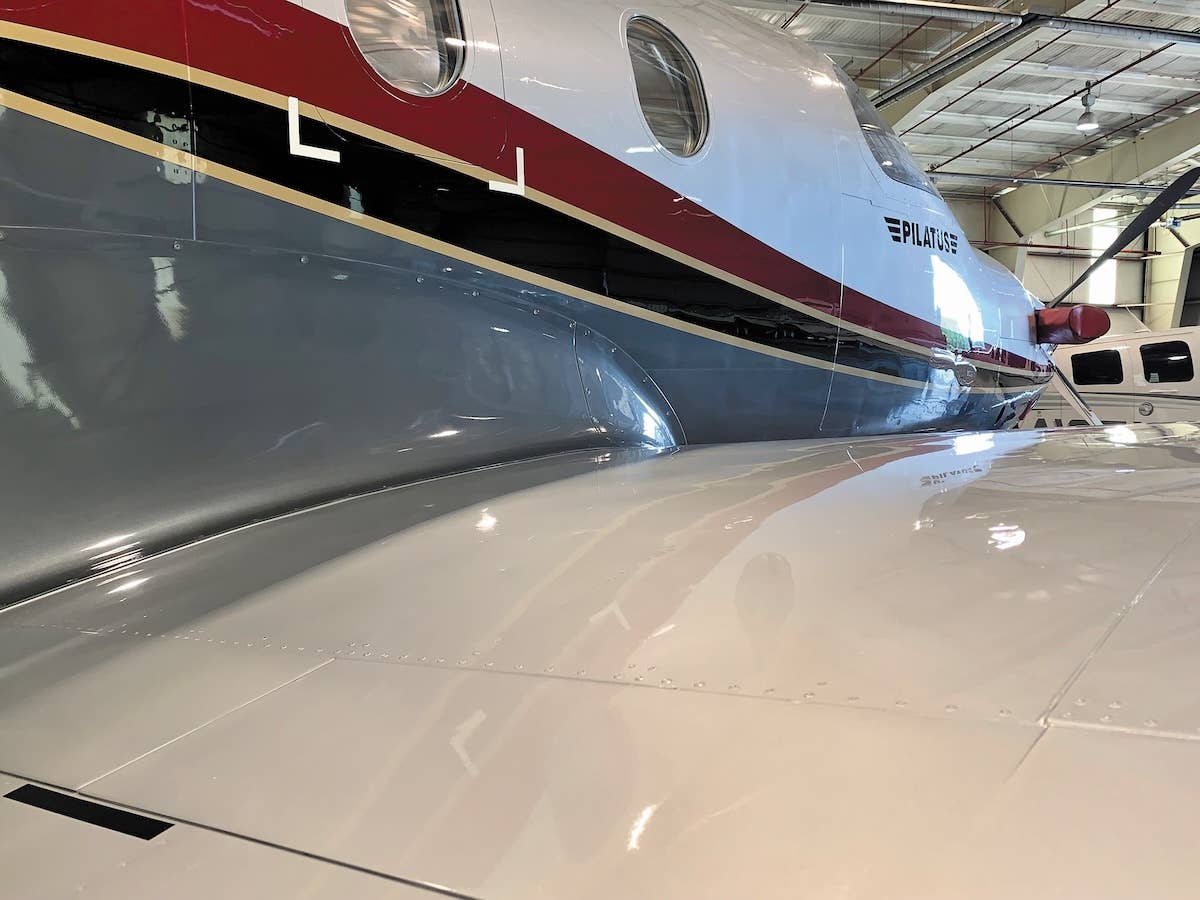Needle, Ball And Airspeed
The turn needle was probably the earliest attitude reference for instrument flying. It dates back about a hundred years and it provides an indirect indication of bank, which made it…
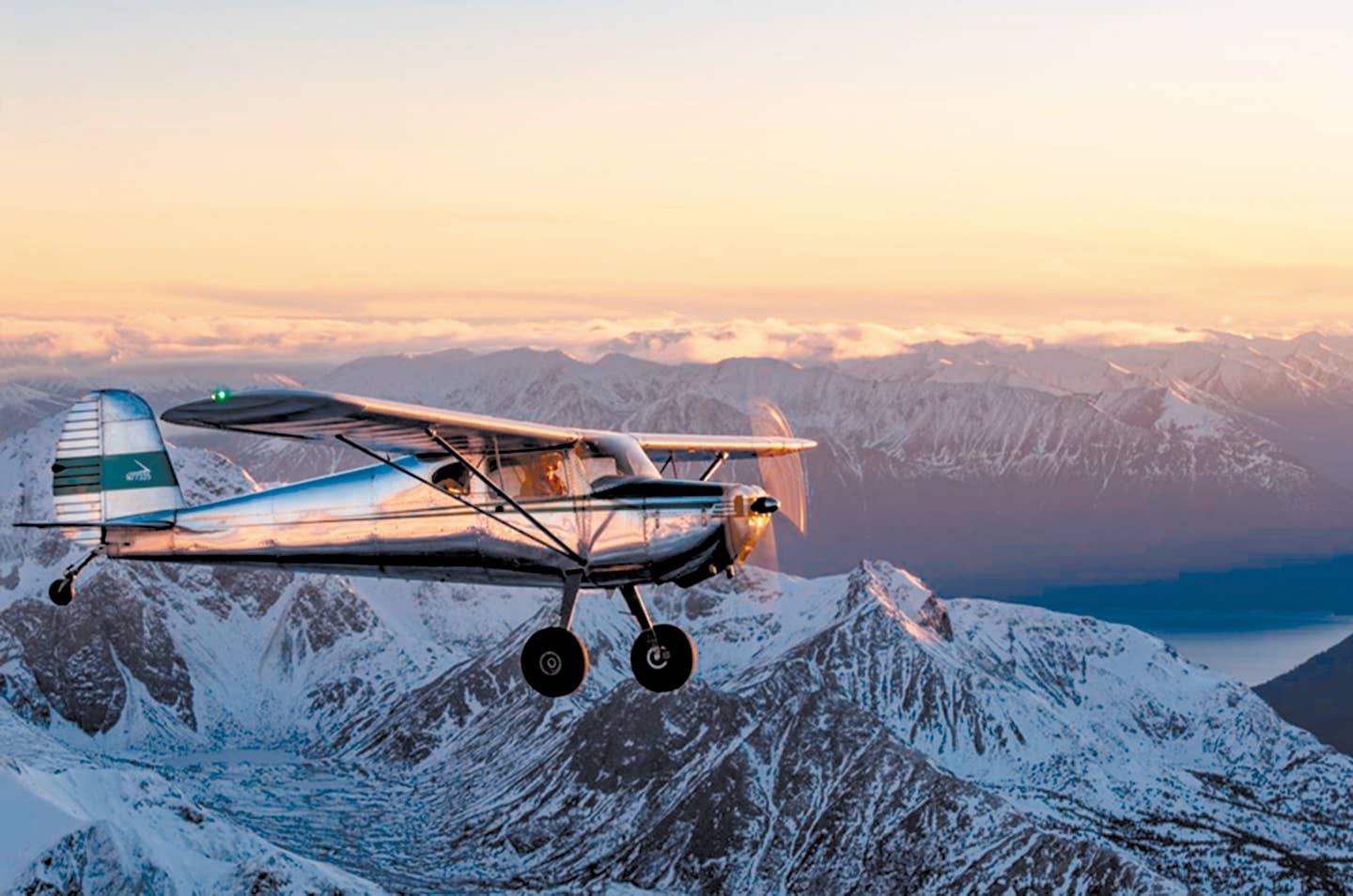
While there are few pilots who still aviate on instruments in the smaller aircraft, the fundamentals are timeless.
The turn needle was probably the earliest attitude reference for instrument flying. It dates back about a hundred years and it provides an indirect indication of bank, which made it possible for pilots to control an airplane by reference to “needle, ball and airspeed.” We’ve come a long way since then.
The instrument platform I fly today includes ring laser gyros that provide inertial reference by measuring light wave interference, a Heads-Up Display that enables hand-flown Cat III approach to 600 RVR and an FMS that can calculate a curving path through mountainous terrain to RNP approach minimums as low as 250 feet.
Who Needs A Turn Needle?
I’m fluent in the language of the modern world, but I also spend time in more primitive settings and the airplane I use for personal travel is a 1946 Cessna 120 equipped with only a turn needle for inertial reference and a magnetic compass for navigation. Obviously, this is a strictly VFR airplane, but sometimes it provides an opportunity to practice an older form of instrument flying with the bare minimum of available references, which is a good way to keep proficient at the basics.
The term “needle, ball and airspeed” refers to the specific scan that is based on the turn needle as the only gyro instrument. The bank reference consists of both the needle and the ball used together, which is why they are both contained on the same instrument. The turn needle does not provide meaningful information unless the ball is centered, so using it requires some ongoing attention to coordination. The old admonition to keep the ball centered is often associated with basic VFR flying, but it was more relevant to the early days of instrument flying when bank information relied on the ball being centered.
Even when the ball is centered, the turn needle does not directly indicate bank angle; rather it indicates rate of turn. Typically, you fly with the needle on one of the three index lines; the needle straight up on the center index indicates zero rate of turn, which implies wings-level, provided the ball is centered. Coordinating aileron and rudder inputs to place the needle on the right or left index puts you in a standard rate (three-degree per second) turn in the respective direction. The actual bank angle that comes with this is not measured and varies depending on speed. I’ll mention one more time for emphasis that if the ball isn’t centered, the needle isn’t telling you anything useful.
Magnetic Compass Confusion
There are two principles when it comes to managing heading: First, the magnetic compass is only reliable when the wings are level in un-accelerated flight, and second, all heading changes are accomplished by timed turns at the standard rate. The sequence for turning to a heading goes like this: Start by looking at the magnetic compass with the wings level to determine your current heading, then enter a turn and count off the seconds to accomplish the desired heading change. Finally, level the wings long enough for things to settle down before checking the magnetic compass for the new heading. Repeat the process as necessary.
I could go into more detail on the magnetic compass turning errors, but from a practical point, I don’t find myself using them. The compass turning errors are so exaggerated in the northern latitudes where I live (due to the greater vertical field component near the magnetic pole) that I consider the compass useless in a turn and only look at it in level flight. Viewing the compass during a turn, you can anticipate a lead/lag when entering a turn from a southerly/northerly heading.
The turn needle provides a decent reference for managing bank, but when it comes to pitch you have less to work with, and I have a few tips here. Focus on primary instruments that indicate what you are trying to keep constant (altitude, climb speed or descent rate). Keep the airplane in trim so it never gets too far from where you want to be. When making any changes, an intimate knowledge of the relationships that govern attitude flying are an important reference. This is good advice for instrument flying under any circumstances, but they are especially relevant to the needle, ball and airspeed scan.
The third tip, about using knowledge of the relationships that govern attitude flying as a reference, deserves further explanation. By that, I mean the more you anticipate exactly what is required to put the airplane where you want it, the easier it is to fly. For example, to reduce airspeed in level flight, know what power setting to use, anticipate the control pressures involved in the transition and know how long to pause before initiating a trim change. Also, know how much trim change is needed and the rate at which it should be applied. The abbreviated panel is poorly suited to trial and error in these transitions. Knowing the exact sequence, magnitude and timing of the inputs to make keeps you ahead of the airplane. If not tuned in to these nuances, you’ll probably internalize them with some practice in the airplane. Or you can make deliberate mental notes about these details for future reference.
In Summary
Why is any of this relevant? I never intend to fly in the clouds with only a turn needle, and in the aircraft I fly IFR there is no partial-panel scenario that even involves a turn needle. This is largely an archaic scan that has neither a normal or emergency application in modern cockpits, but it can still be a good exercise. Flying with an abbreviated set of references keeps us engaged with the basics, and in the age of technology, the benefits of doing that are becoming increasingly apparent. As modern instrument flying relies more on technology and automation, it’s easy to neglect the art of basic airmanship, and flying a turn needle is just one of the ways to hone that edge.
Who knows, maybe someday the complex instrumentation in my modern cockpit will go astray and the hands-on time spent with the basics will help sort it out. Or more likely, maybe that time will just help me to be more precise with my instrument flying and better at my job. Either way we all stand to benefit from keeping in touch with the basic principles that always have been, and always will be, at the heart of instrument flying.
Burke Mees flies for a major carrier, owns the C120 in the photo and calls Alaska his home.
This article originally appeared in the March 2019 issue of IFR Refresher magazine.
For more great content like this, subscribe to IFR Refresher!

